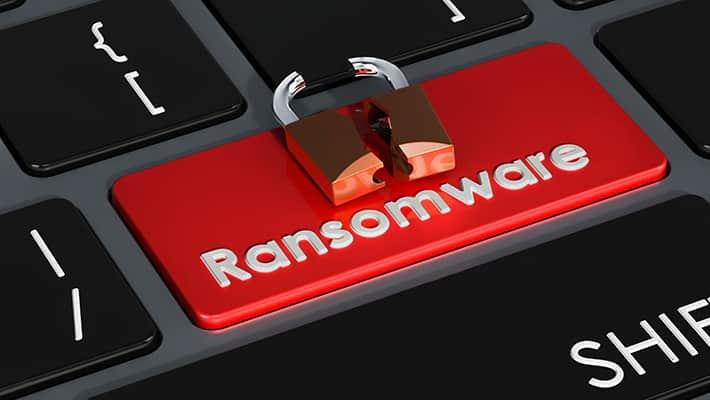How to deal with a Ransomware Attack

Ransomware is a type of malicious software (malware) designed to encrypt files, on a device or computer system, and then demand a ransom in exchange for restoring access to the affected files. Once the ransomware has encrypted the files, it usually displays a ransom message on the infected device’s screen, informing the victim that their files are locked and providing instructions on how to pay the ransom to obtain the decryption key.
Ransomware can spread in a variety of ways, including through phishing emails, malicious file downloads, compromised websites and vulnerabilities in software and operating systems. Once it infects a device or network, the ransomware can encrypt important files such as documents, photos, videos and databases, preventing the user from accessing them until the ransom is paid.
5. Activation of cyber incident response team
- Engages cybersecurity and digital forensics experts to assist in incident investigation and data recovery.
- Establishes communication protocols and response procedures to ensure effective coordination among all team members.
6. Early and frequent communication
- Use a combination of emails, virtual meetings, social media updates and other communication channels to keep all stakeholders informed of the progress of the incident response.
- Provides clear and accurate information on actions taken to address the incident and actions to be taken by employees and other stakeholders.
7. Attention to legal obligations
- Consult with legal experts to ensure compliance with all regulations and laws related to data breach notification and protection of user privacy.
- Notifies the relevant authorities and interested parties as necessary and provides the required information about the ransomware incident.
8. Integrity assessment of backups
- Perform extensive testing of your backup systems to ensure that you can restore data safely and completely.
- Verify that backups have not been compromised by ransomware and are available and up-to-date for use in data recovery.
9. Coordination of response to attackers
- Consider all options before deciding whether or not to pay ransom. Consult with security and risk management experts to assess the risks and benefits of each approach.
- If you decide not to pay the ransom, coordinate with law enforcement and security experts to identify and address the vulnerabilities that allowed the ransomware to infect your systems.
10. Implementation of mitigation actions
- Update your security policies, implement security patches and perform regular security audits to strengthen your defenses against future ransomware attacks.
- Train employees on cybersecurity best practices and promote a culture of security within the organization.
11. Reconstruction of the systems
- Format and reinstall affected operating systems and restore data from verified backups.
- Be sure to follow security best practices during this process to avoid reinfection by ransomware or other types of malware.
12. Review and strengthening of protections
- Conduct a thorough review of the incident to identify weaknesses in your security infrastructure and develop a plan to address these vulnerabilities.
- Improve your security controls and operational procedures to prevent future ransomware incidents and protect your systems and data against cyber threats.
Origin Article: https://www.esferize.com/en/how-to-deal-with-a-ransomware-attack/

